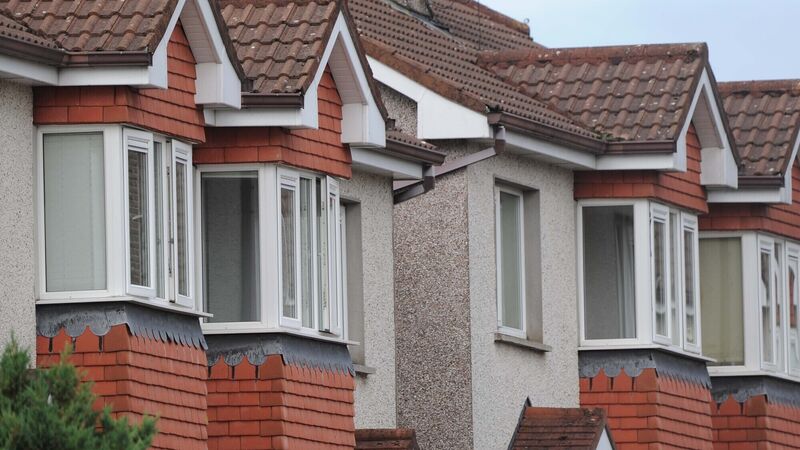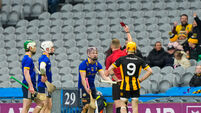Irish Examiner view: Who decides what is for the greater good?

Ireland is still dealing with the fallout from the Celtic Tiger era and tempting to play fast and loose with the legislative framework which governs planning and housing. Stock picture: Denis Minihane
The ongoing housing crisis is still one of the great challenges of modern Irish life, contaminating and complicating the employment and education sectors as well as driving young people to emigration. There appears to be no limit to the problems caused by the lack of affordable accommodation.
Now, a significant stakeholder in this area has called for a change.













